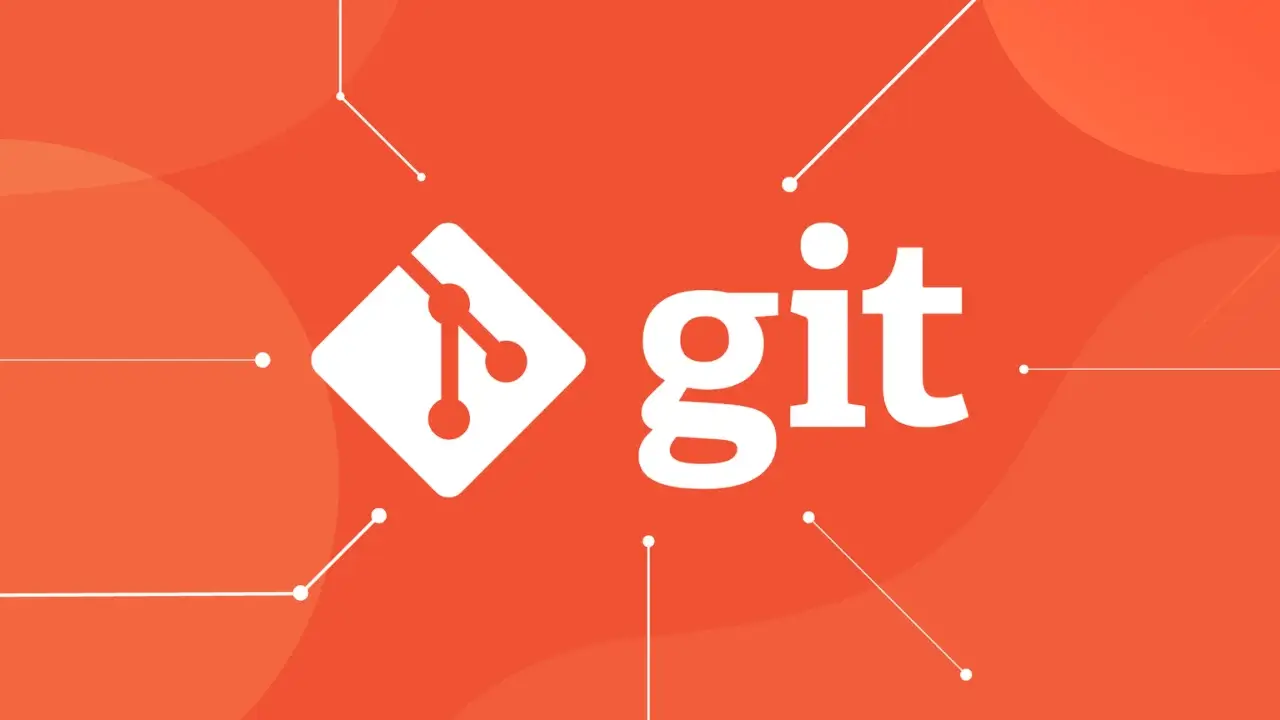
Detection Debt: Why Prevention-First Architecture Is The Cloud’s Future
Introduction: The Sisyphean Task of Alert Management
For decades, the standard operating procedure in technology infrastructure—from the earliest bare-metal servers to today's expansive, multi-cloud deployments—has been fundamentally reactive. We build systems, we anticipate failure or compromise, and then we deploy sophisticated tools to detect when things inevitably go wrong. In security, this is the reign of detection-first thinking: installing locks on the doors only after installing surveillance cameras on the exterior, hoping we catch the intruder in the act.
As professionals navigating the complex intersection of **cloud computing**, **web performance**, and **cybersecurity**, we must acknowledge a crucial inflection point: this model is economically, structurally, and operationally bankrupt. The modern cloud-native world demands speed, resilience, and simplicity. Yet, many businesses—especially small and medium business owners (SMEs) and high-growth eCommerce managers—are still shackled to outdated security philosophies that demand endless human intervention and drain infrastructure budgets.
The industry is quietly undergoing a profound paradigm shift. We are moving away from the expensive, exhaustive task of detecting threats and embracing a revolutionary approach: architectural prevention. The goal is no longer monitoring every possible exploit path, but engineering systems where those paths are architecturally infeasible from the start. This transition is not just an incremental improvement in tooling; it represents the defining characteristic of secure, high-performance infrastructure for the next decade.
The Unbearable Cost of Being Reactive
To understand why prevention is winning, we must first confront the deep structural flaws inherent in the detection-first model. This reactive approach creates what I call ‘detection debt’—a growing liability tied to managing increasingly complex, noisy, and high-stakes monitoring systems.
Alert Fatigue and Cognitive Overload
Traditional security monitoring involves feeding massive streams of logs (from network traffic, application runtimes, and system calls) into expensive Security Information and Event Management (SIEM) systems. The result is an avalanche of alerts. Reports consistently show that the average enterprise receives thousands of security alerts daily, with security teams able to investigate less than half. For an SME or a digital agency professional running a complex client portfolio, lacking a 24/7 dedicated Security Operations Center (SOC), this volume is paralyzing.
This alert fatigue doesn't just exhaust personnel; it introduces critical vulnerability. When every signal is treated as noise, genuine threats—the ones that truly matter—are missed. As data from recent reports highlights, defenders often have mere hours to respond to a breach before significant data loss occurs. Chasing false positives or deciphering esoteric system calls under extreme pressure is a recipe for catastrophic failure.
The Economic Insolvency of Observability
Beyond human cost, the financial overhead of pervasive detection is unsustainable. Observability costs—the expenditure on logs, metrics, and tracing required to power these detection systems—often account for a staggering 15% to 25% of a company’s total infrastructure bill. Why? Because monitoring scales linearly with complexity. Every new container, every deployed microservice, and every increase in traffic requires an exponential increase in logging and processing power.
Consider a growing eCommerce scalability operation. As transactions increase and the platform scales horizontally, the cost of the underlying managed cloud hosting solution grows. But the cost of the logging and monitoring infrastructure designed to secure that platform grows even faster, often throttling investment in core business features.
The industry’s current answer—using AI and Large Language Models (LLMs) to make detection faster—is simply pouring technology into a broken paradigm. No matter how intelligent the detection algorithm, it cannot prevent an attack rooted in a fundamentally insecure underlying component. You cannot monitor your way out of insecure defaults.
The Prevention Paradigm: Security Built-In, Not Bolted On
The alternative, the 'Prevention Revolution,' rejects the reactive cycle. It posits that the most effective and cost-efficient security control is the one that eliminates the attack vector entirely. This shift mirrors earlier innovations, such as moving from constantly patching vulnerable container images to utilizing hardened, minimal-footprint images that simply don't contain extraneous software or vulnerabilities.
Secure-by-Design and Immutable Infrastructure
Prevention relies on two core architectural concepts:
- Minimalism: Reducing the attack surface by eliminating unnecessary components, dependencies, and permissions.
- Immutability: Ensuring that once a system component (like a container or a service stack) is deployed and verified as secure, it cannot be modified at runtime. If a change is needed, a new, verified instance replaces the old one.
In practice, this means adopting stacks engineered for safety from the ground up. Instead of deploying a complex application stack and then layering on runtime security detection tools, modern platforms build security into the initial configuration. This includes things like: hardened runtimes where container escapes are architecturally infeasible; minimal base images; and zero-trust network access embedded into the orchestration layer.
The Strategic Advantage for SMEs
For small and medium business owners and agencies, this shift is revolutionary. It democratizes high-level security. Instead of needing a team of certified ethical hackers to configure and manage a sprawling SIEM, they can choose platforms where the heavy lifting of vulnerability elimination is handled by the provider.
This transition frees valuable engineering time. Developers and operations teams can focus on velocity and market delivery rather than the constant, manual triage of security alerts. This directly contributes to improved website speed and reliable delivery—key factors in modern digital commerce.
STAAS.IO: Architecting Resilience Through Simplification
The challenge for most companies looking to adopt a prevention-first strategy lies in complexity. Setting up hardened Kubernetes environments, managing immutable infrastructure, and configuring secure persistent storage volumes requires deep, specialized cloud expertise—resources often out of reach for SMEs and agencies.
This is where the concept of the secure, simplified stack becomes paramount, and where platforms designed for architectural simplicity provide a definitive advantage. We call this 'Stacks As a Service.' A platform that handles the intricate, secure architecture so you can focus purely on the application logic.
The Foundation of Secure Deployment
At STAAS.IO, we recognize that true security starts at the architectural layer, not the monitoring dashboard. Our core philosophy is to shatter application development complexity by providing a quick, cheap, and easy environment that scales seamlessly to production. How does this relate to prevention?
1. Secure by Default, Not by Configuration
Traditional deployment forces businesses to manually secure dozens of configuration files across compute, storage, and networking layers—a major source of human error and vulnerability. STAAS.IO abstracts this complexity. By offering full native persistent storage and volumes adhering to CNCF containerization standards, we provide secure, container-optimized stacks pre-configured with industry best practices. This means the underlying runtime is minimized and hardened by default, significantly reducing the exploitable attack surface inherent in DIY setups. This is the essence of effective cybersecurity for SMEs: taking the most complex security tasks and embedding them into the platform itself.
2. Scalability Without Security Compromise
Achieving high eCommerce scalability usually involves complex cluster management. STAAS.IO simplifies this with Kubernetes-like simplicity, ensuring that whether you scale horizontally across machines or vertically for increased resources, the integrity and security of the stack remain constant. Crucially, the simple and predictable pricing model applies regardless of scaling direction, eliminating the financial shock typically associated with managing high-volume log streams during peak traffic events.
3. Freedom from Vendor Lock-in (Architectural Integrity)
A prevention-first strategy requires flexibility. By strictly adhering to CNCF containerization standards, STAAS.IO ensures that your application stack remains portable. This is a subtle but powerful security feature; vendor lock-in often forces businesses to compromise on security practices or delay upgrades because migration is too difficult. STAAS.IO’s commitment to open standards provides not only ultimate flexibility but also the architectural freedom necessary to maintain a consistently secure posture over time.
Ultimately, choosing a platform like STAAS.IO means you are investing in managed cloud hosting where the most common vectors for attacks—misconfigured storage, vulnerable container runtimes, and complex orchestration—have been engineered out of the system. We move the security budget away from expensive, reactive log sinks toward operational excellence and platform hardening.
Operational Efficiency and the Bottom Line
When attacks are prevented by design, the entire operational structure changes. The benefits extend far beyond security compliance, fundamentally improving business efficiency and developer velocity.
Reduced Observability Spend
If your compute stack is secured by design, the vast majority of 'suspicious' activity alerts that plague detection systems simply vanish. Monitoring plays a different, more focused role: auditing, compliance verification, and tracking legitimate business metrics. SIEM investments shift from being threat-hunting tools to being record-keeping systems. This redirection of resources is critical for maintaining a competitive edge, especially for agencies trying to maximize client budget returns.
Faster Time-to-Market (The Performance Dividend)
Security investigations are development bottlenecks. When engineers are constantly pulled away to investigate alerts—real or false—deployment velocity plummets. A prevention-first architecture, supported by robust CI/CD pipelines (which STAAS.IO facilitates), means developers trust the underlying stack. They can deploy and manage with ease, confident that the foundation is secure. This directly translates into improved Core Web Vitals and dramatically faster feature deployment, offering a tangible competitive advantage in fast-paced markets like eCommerce.
The True Meaning of a Secure Stack
In a world of secure-by-design stacks, monitoring still exists, but every alert now carries genuine purpose. The signal-to-noise ratio improves exponentially because underlying vulnerabilities simply do not exist to exploit. Instead of drowning in 11,000 daily alerts, teams receive a handful of high-fidelity signals that truly warrant immediate investigation, shrinking incident response teams and empowering rapid action.
Conclusion: The Inevitability of the Architectural Shift
The Sisyphean task of constantly monitoring an inherently insecure system is unsustainable in the cloud-native era. Moore’s Law favors prevention, and the economics of observability are increasingly forcing organizations to make a stark choice: continue funding an endless, reactive detection arms race, or invest in resilient, secure-by-default architecture.
For eCommerce managers and digital agency professionals, the decision is clear: foundational security is now synonymous with operational efficiency and cost control. The future of security belongs to those platforms that build computing environments where attacks are prevented by design, not merely detected after the fact. By simplifying complex infrastructure and building security into the core stack—like the model championed by STAAS.IO—businesses gain not only a dramatic improvement in security posture but also significantly lower operational overhead and improved speed to market.
The question is no longer whether monitoring will become less relevant, but how quickly your organization will embrace the prevention revolution and adopt secure, simplified stacks that keep you out of the detection debt cycle.
Call to Action (CTA)
Stop Monitoring Problems. Start Preventing Them.
Are you tired of paying high prices for logs and spending valuable engineering time managing complex security alerts? Shift your focus from detection to prevention. Discover how STAAS.IO simplifies complex cloud stacks, offering managed cloud hosting that is secure, scalable, and simple by design. Build, deploy, and manage your next product with confidence and predictable costs, leveraging the power of hardened containerization standards without the complexity of traditional cloud management.




